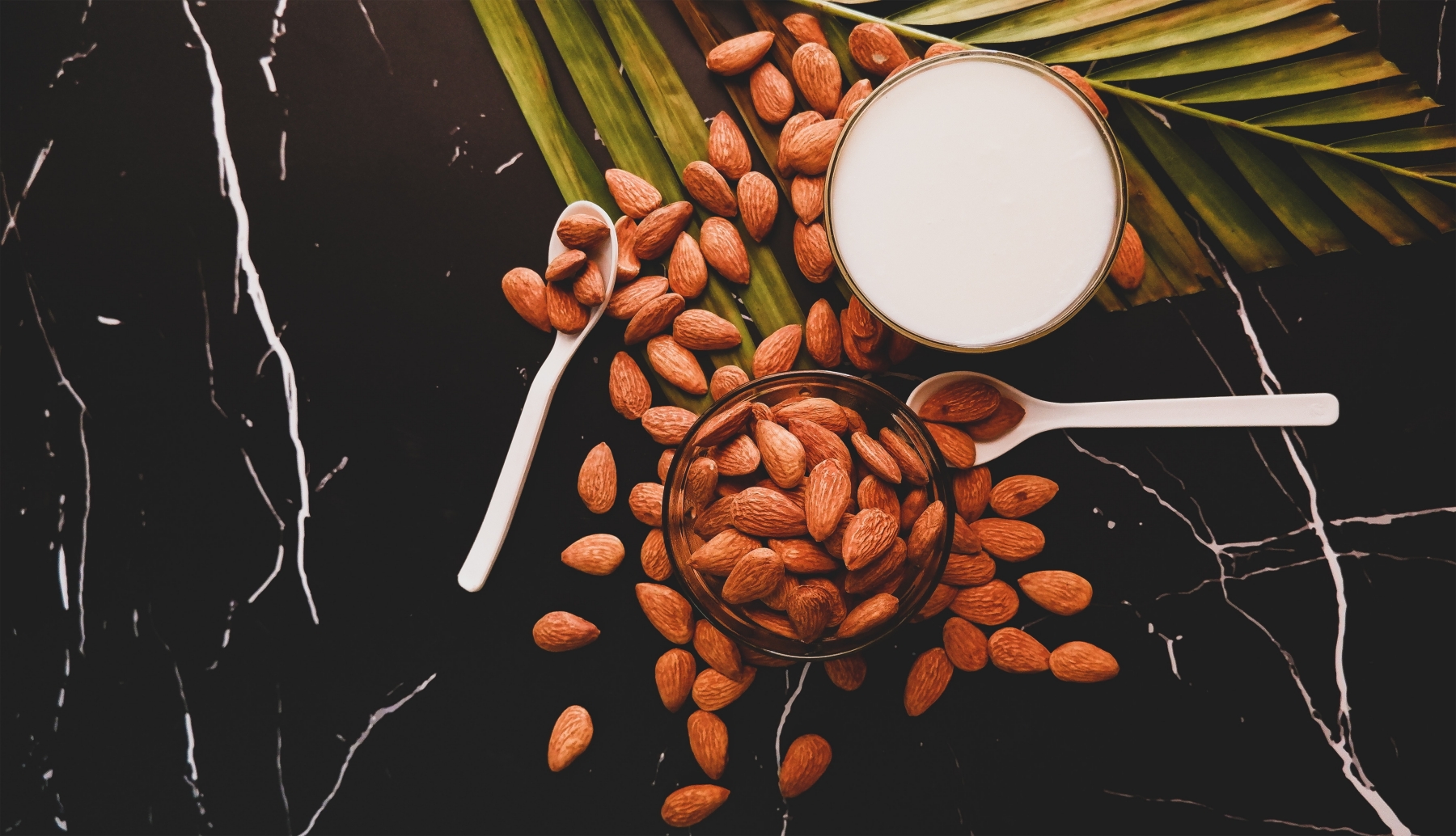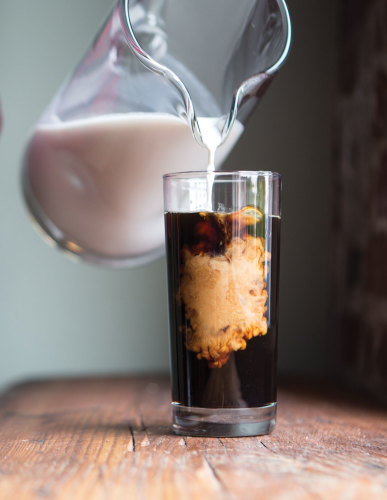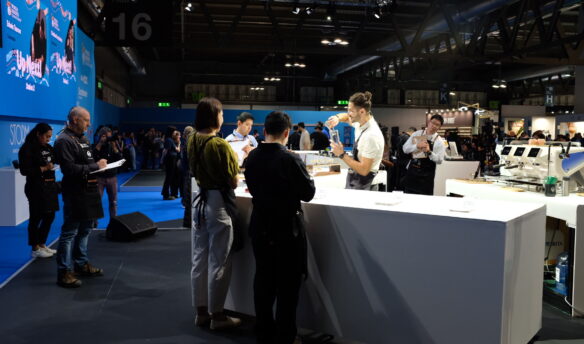Specialty coffee farmers spend a great deal of time and effort preparing their crops for export. The beans we purchase at Corvus Coffee have been picked and planted by hand and meticulously and intentionally processed.
An incredible amount of time and care is placed on every element, from crop to cup. But if the focus we put into our products stops at the coffee, we grossly underrepresent the efforts of the farmers and the baristas. That is why we choose to make our dairy-free milk in-house.
Taking the effort to make a milk alternative was simply an extension of the process of serving the highest quality beverage possible.
Finding The Right Mix
Many people cannot consume cow’s milk for various reasons, whether they have an allergy or an aversion to animal products. We designed our in-house almond-cashew milk to bridge the gap between coffee consumers who love the taste and texture of a traditional latte and those who dislike dairy but still want a high-end drink, not something out of a box.
Through trial and error, we found that many of the milk alternatives on the market steamed poorly and detracted from the taste of our carefully selected coffees. Not finding the right fit with packaged options, we took matters into our own hands.
Several shops around town make their almond milk in-house, and we wanted to make a nut-based milk that closely emulates the texture and taste of dairy milk. While almonds have a refreshing flavor that works well in coffee beverages, cashews add a delightful creaminess that almonds alone do not provide. We chose to add cashews to accompany almonds for their consistency and to offer some differentiation.
While it takes significant time and dedication to make our own almond-cashew milk, we find the result entirely worth the effort. Besides bringing in quality coffees, we strive to elevate the quality of all our drinks in how they are prepared and presented. Sure, our standard cappuccino is terrific, but not everyone has a great milk option to choose from.
Putting It All Together
Our recipe is simple. It requires salt, vanilla or simple syrup, cashews, almonds, and water. To get the most out of the nuts, we soak them in filtered water in the refrigerator overnight at a nuts-to-water ratio of one-to-one. The following day, we drain the water from the nuts and weigh out the nuts in a ratio of one part soaked nuts and two parts filtered water.
We blend this until no large pieces remain, then pour the blended mixture through a fine brew bag or cheesecloth. Wearing gloves allows us to wring the cheesecloth, guiding the blended mixture into a sealable container. After the entire batch has been blended and strained, we add about one gram of salt per quart to emphasize the creamy flavor and texture, plus two ounces of our house-made vanilla syrup to bring some sweetness. Our vanilla is more rich than sweet, so there is very little sugar overall in the almond-cashew milk.
As with all non-dairy milk, the characteristics of almond-cashew milk differ slightly from cow’s milk, but the milk steams and pours surprisingly well. We found that stretching the almond milk more drastically than we would cow milk, right when you first start, and then steaming at a slightly lower temperature overall yields the best results in terms of flavor and texture.
We are thrilled that the almond-cashew milk has been such a great success. People are excited about the house-made option we serve, and some have started to come to our shop regularly simply because we offer this high-quality alternative to milk. Though it takes a little extra time, it has paid off.
For us, being intentional and transparent about our coffee is at the heart of what we do, which means every ingredient we use has a story and plays a part in what we create daily. Getting to pour and steam our own milk alternative, one with character, allows us to be proud of all of our drinks.
Cover photo by dhanya purohit.
Kevin Foth is in charge of retail operations for Corvus Coffee Roasters in Denver, Colorado.
This story was originally published on October 14, 2014, and has been updated to reflect Fresh Cup’s current editorial standards.









